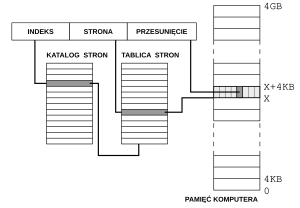With the ever increasing cost of the Hardware, the amount of physical RAM available on the system is increasing day by day. For example, couple of years back, I had a system which was very high end Desktop with 256MB RAM and today I have a 2GB RAM Desktop. So, whats the point.
The Linux systems (right word should be kernel) are desiged to use both RAM and swap partition. Swap partition is a partition on Hard disk and is used mostly like RAM. Problem is that HDD access is always slower than RAM access and hence inherently, the system will work little slower even if you have enough RAM not to use swap. The term ”swappiness” is used to determine how the kernel should try to seam-balance between the use of RAM and swap. By default, most of the distro’s have a swappiness of 60. A higher value of swappiness means that the RAM will be swapped out faster.
Continue reading
